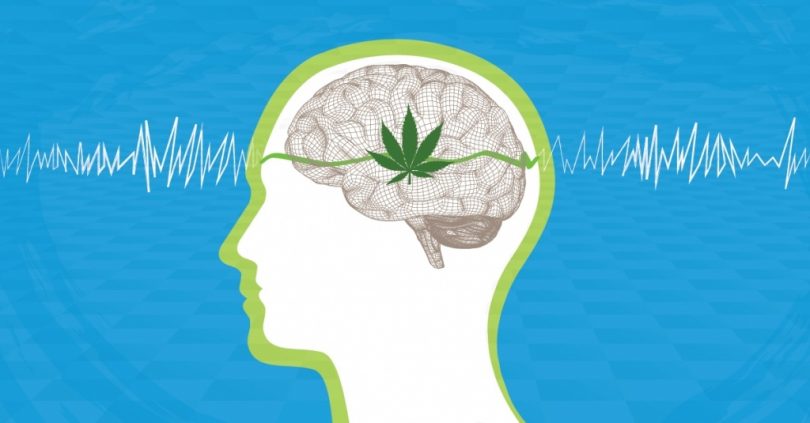Wonderful things happen when burritos and CBD get together
The US is experiencing a very strange moment with cannabidiol (CBD). Both federal and local authorities have wrestled with just what to do with this cannabinoid that is currently lining shelves of nearly every shop across the country. New York, for example, has decided that CBD will not be allowed in food or drink, giving retailers until October to pull products to avoid a fine. And after the Food & Drug Administration (FDA) held a public hearing this past spring to discuss CBD, consumers and business owners are still left waiting and wondering.
Part of this confusion stemmed from the approval of a CBD medication to treat severe pediatric epilepsy. In 2018, FDA put its stamp on Epidiolex®, making history as the first plant-derived cannabis-based medication to be backed by the organization. Following approval, the US re-scheduled hemp. So, why the crackdown?
Well, social and political reasons aside, many cite a lack of long-term safety and efficacy data on CBD. And there is some truth to this. Although people have been using cannabis medicinally for thousands of years, cannabinoid isolates represent a newer formulation. To this point, yes, more research is needed. But, luckily, scientists are exploring fundamental aspects of CBD dosing, administration, pharmacokinetics and dynamics (how it moves through the body and is absorbed), and long-term safety and efficacy.
One such group from the University of Minnesota recently published a study on how food affects the absorption of purified CBD capsules in adults with epilepsy. [1] This study included eight patients who were qualified to receive medical cannabis under the Minnesota state program. All patients had localization-related (meaning that seizures came from one part of the brain) or intractable epilepsy (meaning that medication did not help them) and experienced at least four seizures a month. The average age of the patients was 49 years, with an average weight of 90 kg (or nearly 200 pounds). [1]
Patients were asked to take their CBD dose (300mg for all but one patient who took 200mg) either on an empty stomach (after fasting for at least 10 hours) or with a high-fat meal (a breakfast burrito). After ingestion, blood draws were taken to evaluate CBD levels. Cognitive tests were administered and safety data were also recorded. [1]
Analyses revealed that Cmax, or the maximum CBD concentration in the blood, was 14 times higher after a high-fat meal compared to an empty stomach. In addition, the area under the curve (or AUC) was 4 times higher after a high-fat meal; this measure refers to the amount of drug that was exposed to the body over time. There were no differences in safety or cognition. [1]
These results provide important information relevant to patients and physicians prescribing medical cannabis, although the study was not powered enough to determine if the food effect influenced efficacy. In addition, these findings are consistent with Epidiolex data. In healthy people, taking Epidiolex with a high-fat meal increases Cmax by 5 times and increases AUC by 4 times.
Additional studies will provide a deeper understanding of how dosing, as well as time of day of administration, body weight and size, and co-administration with other medications, impacts the effects of CBD on the body and brain in people with epilepsy and other conditions. But this is a good reminder of how even the smallest details can have a big impact on the effects of cannabis medicine.
[Image]References
Birnbaum, A.K., et al. “Food Effect on Pharmacokinetics of Cannabidiol Oral Capsules in Adult Patients with Refractory Epilepsy.” Epilepsia, vol.60, no.8, 2019, pp. 1586-1592. (impact factor: 5.562; cited by: 1)








